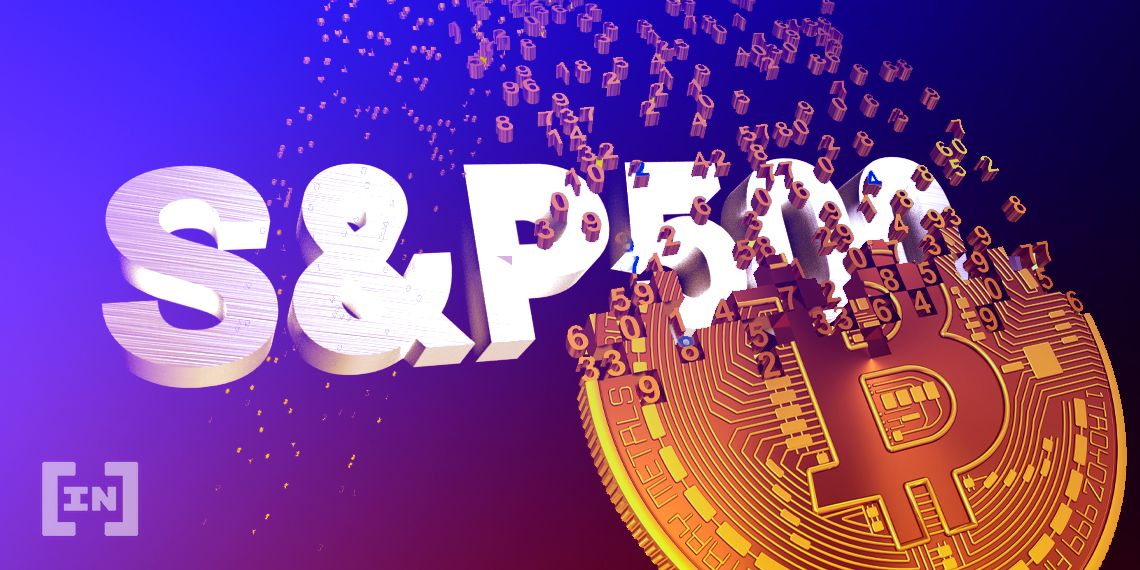
Comparing the S&P 500 and Bitcoin
Eric Wall (@ercwl), CIO of Arcane Assets, put out a simple idea recently that he admitted will likely be an “unpopular opinion”: Bitcoin has fared far worse than the S&P 500. Let’s look at the numbers. From Feb. 24 to March 23, the S&P 500 fell some 33%. During this same time, Bitcoin fell 40%. In the past few weeks, we have seen a recovery which the S&P 500 saw more gains as well. From March 23 to April 9, the S&P 500 gained 26%. During this same period, BTC gained another 24%. Wall superimposed the two charts to illustrate his point.The most noticeable outlier is Bitcoin’s drop on March 12, which saw the entire cryptocurrency market fall by some 50%. The cascading losses were so severe that even some long-term holders panic sold. For Wall, there is no reason to assume that the S&P 500’s crash is over. Wild swings and ‘recoveries’ are common during a bearish trend, especially when there’s a crisis. There is also, as of now, no reason to assume that Bitcoin will decouple from S&P 500 if it crashes again. When in doubt, history tells us that the cryptocurrency market will likely crash harder and Wall would probably agree.Actual unpopular opinion:
— Eric Wall | BIP-420 🐱 (@ercwl) April 9, 2020
S&P 500 (24 Feb – 23 Mar): -33%
BTC (24 Feb – 23 Mar): -40%
S&P 500 (23 Mar – 9 Apr): +26%
BTC (23 Mar – 9 Apr): +24%
Not confident this is bullish. Not confident the crash is over for the S&P 500, and not confident of a BTC <> S&P 500 decoupling yet. pic.twitter.com/1Ow4mVd7os
The Verdict
Judging from these numbers, it would be hard to argue that Bitcoin has effectively decoupled from the S&P 500. It has effectively failed to function as a hedge during this crisis, at least for now. While it is true that the S&P 500 has far more room to fall than Bitcoin, it would be difficult to imagine the leading cryptocurrency not tumbling with it. Yet, we should bear in mind that these are merely short-term fluctuations. With worrying macroeconomic indicators, Bitcoin’s halving may also not have an immediate impact on price. Historically, Bitcoin has seen the most rapid price increases long after its halving event, not before or even immediately after. So, given that Bitcoin still seems closely linked to U.S. financial markets, traders would be smart to take notice of these macroeconomic trends and plan accordingly.Disclaimer
In adherence to the Trust Project guidelines, BeInCrypto is committed to unbiased, transparent reporting. This news article aims to provide accurate, timely information. However, readers are advised to verify facts independently and consult with a professional before making any decisions based on this content. Please note that our Terms and Conditions, Privacy Policy, and Disclaimers have been updated.


